What It Means If Blue Jays Often Appear In Your Life
When you're truly in tune with the natural realm, you'll find that Mother Nature is always sending messages to those who need them. The problem is that most people don't know how to spot those messages, let alone understand and adopt them into their worldview.
By learning the meanings and symbols carried by the animals we share our planet with, we can better understand when the universe is trying to communicate with us and what exactly it's wanting to say.
If you yearn for deeper insights into your personal identity, a personalized zodiac reading is your key. Each of us follows a distinct path, a path you can learn more about by seeing what the stars have to say.
Unlock the understanding of your purpose and unleash your full potential, empowering you and assuring a more successful future. Click HERE to embark on this transformative journey today!
Natural Narratives
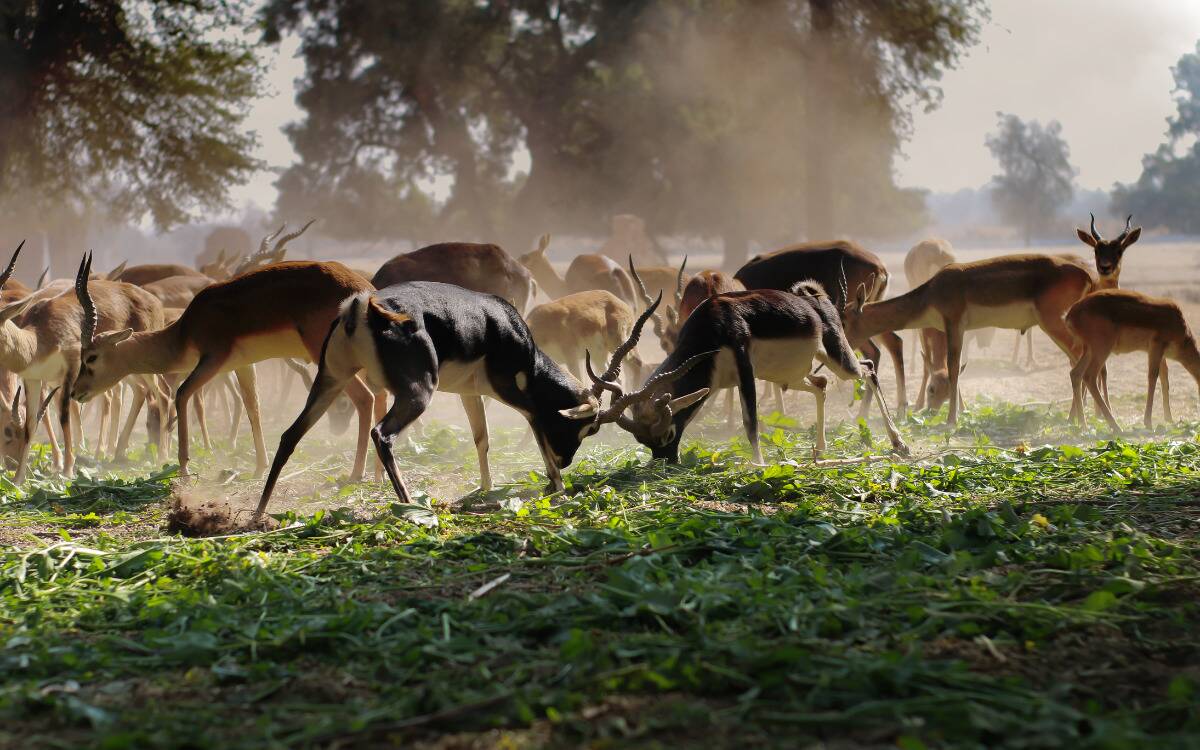
Throughout the ages, humanity has sought solace and enlightenment by observing our beloved animal allies who walk this Earth alongside us. Their instinctual wisdom and symbolic significance have always captivated us, providing sage wisdom granted to us by the universe itself. Legends and tales spanning centuries have built narratives around these creatures, weaving them into our own lives.
Although the prevalence of those myths has waned, the profound connection between nature and the spiritual realm persists, and we can still find guidance by simply observing the animals outside our windows. They continue to serve as messengers, leaving us signs and symbols, illuminating our way forward.
Blue Bird Friends
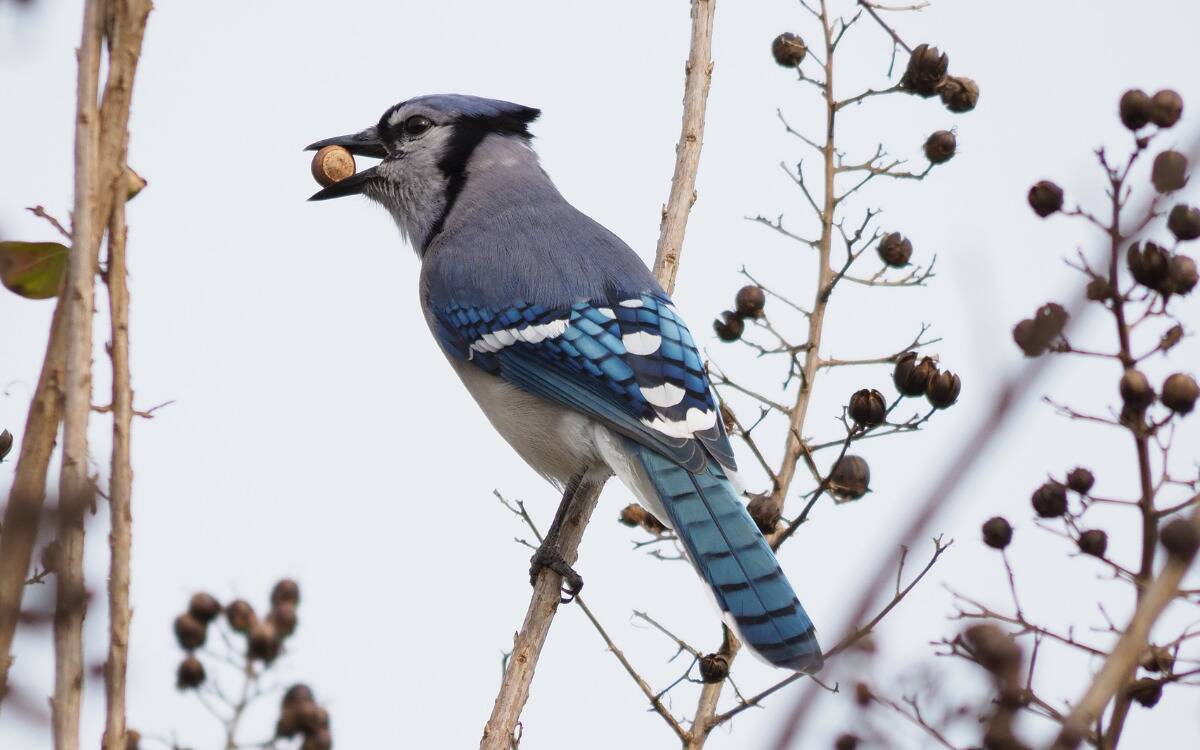
This applies to basically every animal under the sun, with specific breeds or species changing the messages they bring. Even animals with poorer reputations have something important to tell you when they keep appearing in your life.
Today's focus is the blue jay, a rather bossy birth with a striking color that makes them stand out in their surroundings. They're hard to miss, meaning you'll know when they're trying to tell you something, popping up far more often than usual in a short amount of time.
What are they trying to tell you in their appearances, though? Let's find out.
Loyalty
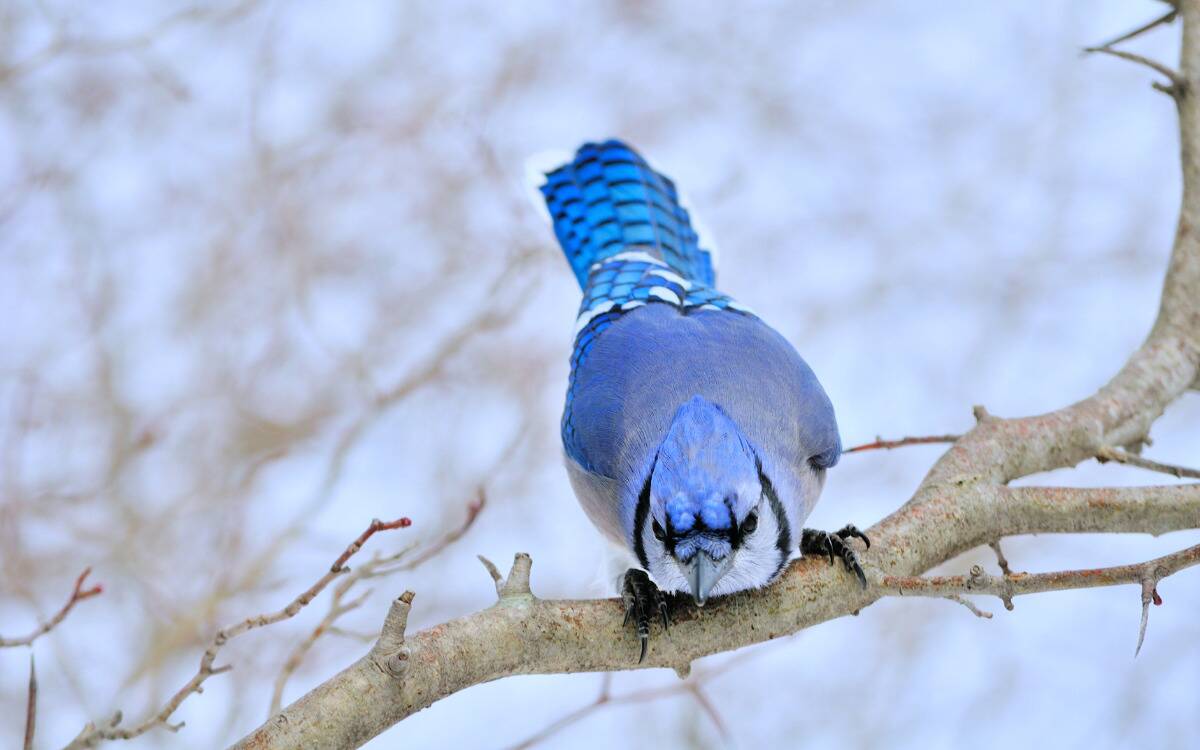
Blue jays are a bird species that mate for life. Not only that, but they're with their mate all year round, the two becoming forever intertwined with one another and never straying. Blue jays are also known for having very strong family bonds, being extremely protective of their babies, and being loyal to their mates.
If you're seeing this bird a lot and have had someone new enter your life recently, it could be a good sign that this person will be loyal to you. It could even be a sign that they'd make a good partner. Alternatively, it could be reassurance for a current partner or friend that you've maybe been worried about. Don't worry, the blue jay says, they're good.
Confidence
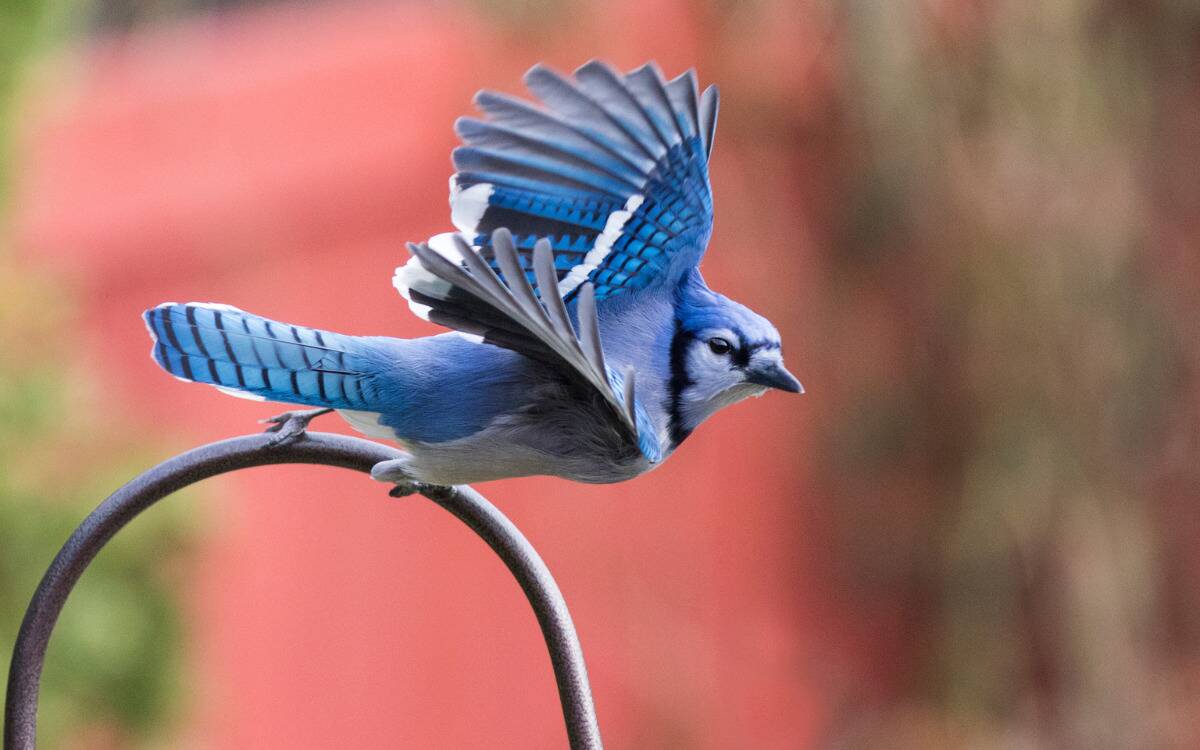
Blue jays have a beautiful and striking shade of blue to their feathers that are rarely seen by other birds in the same native regions, meaning they really stand out. This, partnered with their very bold and aggressive attitude—even bordering on meanness— makes them one of nature's best symbols of confidence.
They're not only unique in appearance, but they're not afraid to be assertive, often seen bullying other, smaller birds around food sources like bird feeders. This isn't to say you should become a bully, but seeing a blue jay often could mean the universe is encouraging you to stand your ground, to know your strengths, and not to be afraid to express those traits. They're worth being proud of!
True Communication
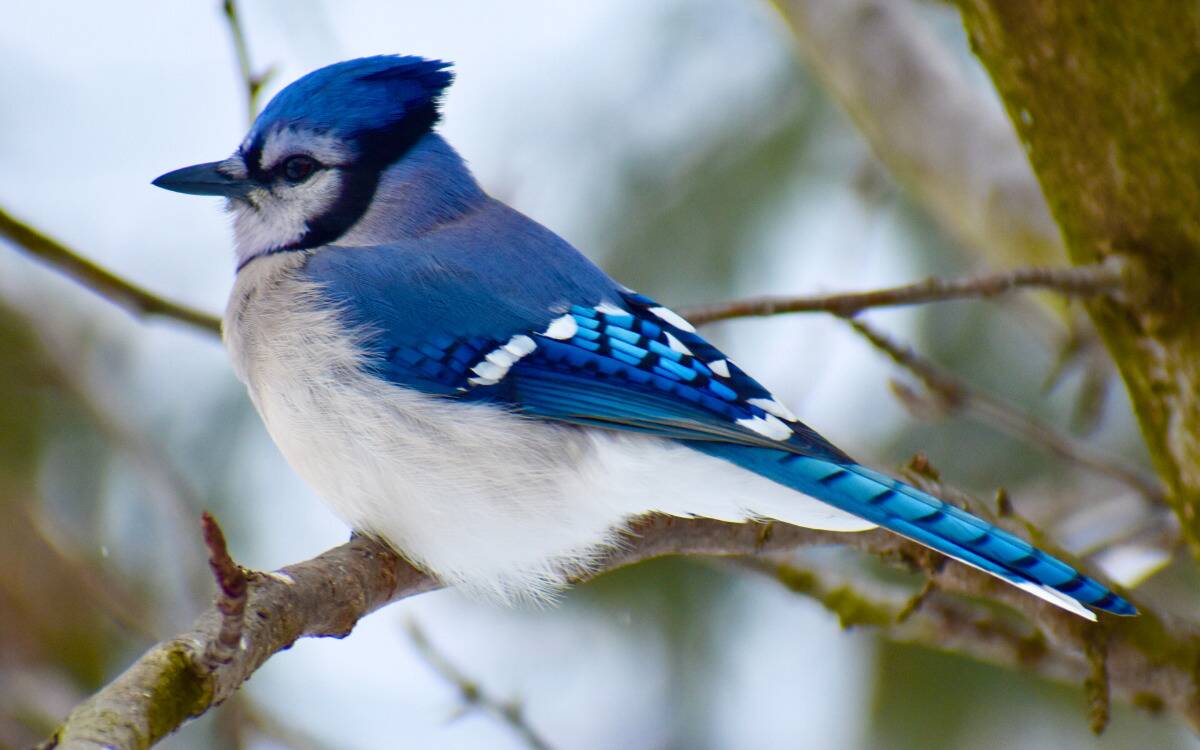
In a similar vein, the blue jay's stand-out appearance and audacious personality represent the idea of open, clear communication. Blue jays don't hold anything back, nor do they care about appearing meek or agreeable. They confidently do and say as they please with no inhibitions.
If you're spotting blue jays often, they might be asking you to examine the way you communicate, be it with your loved ones or with the world as a whole. Do you bring up the things that concern you in order to work them out? Do you present an authentic version of yourself when you go out? Do you hide your true opinions about matters in order to keep the peace? Why? Do those actions still serve you?
Judgment
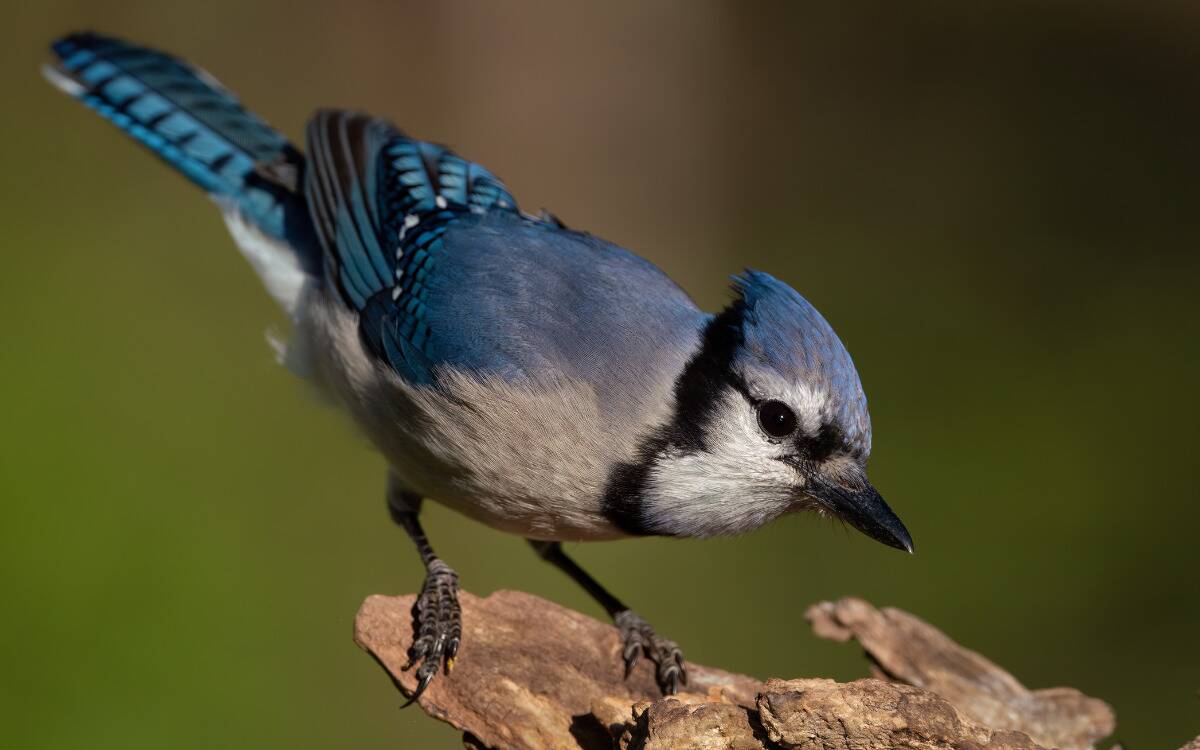
The blue jay's combative attitude and standout coloring can make it a target for judgment, at least symbolically. Society tends not to like those who are loudly and unapologetically themselves, but blue jays don't know or feel things like doubt, worry, or insecurity the way we humans do.
Blue jays could be continuously popping up in your life as a reminder that you shouldn't be stifling yourself. Other people's judgments are just that! They can think what they want, but it will have no impact if you continue on confidently anyway. You deserve to live a life as bright and bold as that of the blue jay, and they're hoping you'll join them in that freedom.
Finding A Blue Jay Feather

While everyone stumbles across a bird feather every so often, it's important to pay attention to the frequency and context. If you're suddenly finding a lot of blue jay feathers, way more than what would be considered normal, or find one in a very dramatic, poignant way, then it might be time to listen.
Much of the symbolism tied to blue jays has to do with self-expression. If you're finding feathers without the bird attached, it could be a sign that you're hiding your true self from those around you, not speaking up about something, or not presenting yourself how you truly desire.
The feathers represent the promise that is there, the beautiful plumage you could adorn if you let go of your inhibitions and embraced your true self.
Seeing A Blue Jay With A Cardinal

Some animal symbolism only works in pairs, with two species' own meanings combining to create something new. If you spot a blue jay with a cardinal, another bright and bold bird sporting the opposite color of the jay, you might be feeling an oppressive force that is smothering your expression or desires.
Cardinals, in this context, represent power and control. To see a blue jay next to one means that there's some sort of force preventing you from being your truest self, from openly embracing your innermost expressive desires. The pair urges you to identify those forces and distance yourself from them when possible so you can find true peace of mind.
Blue Jays In Your Dreams
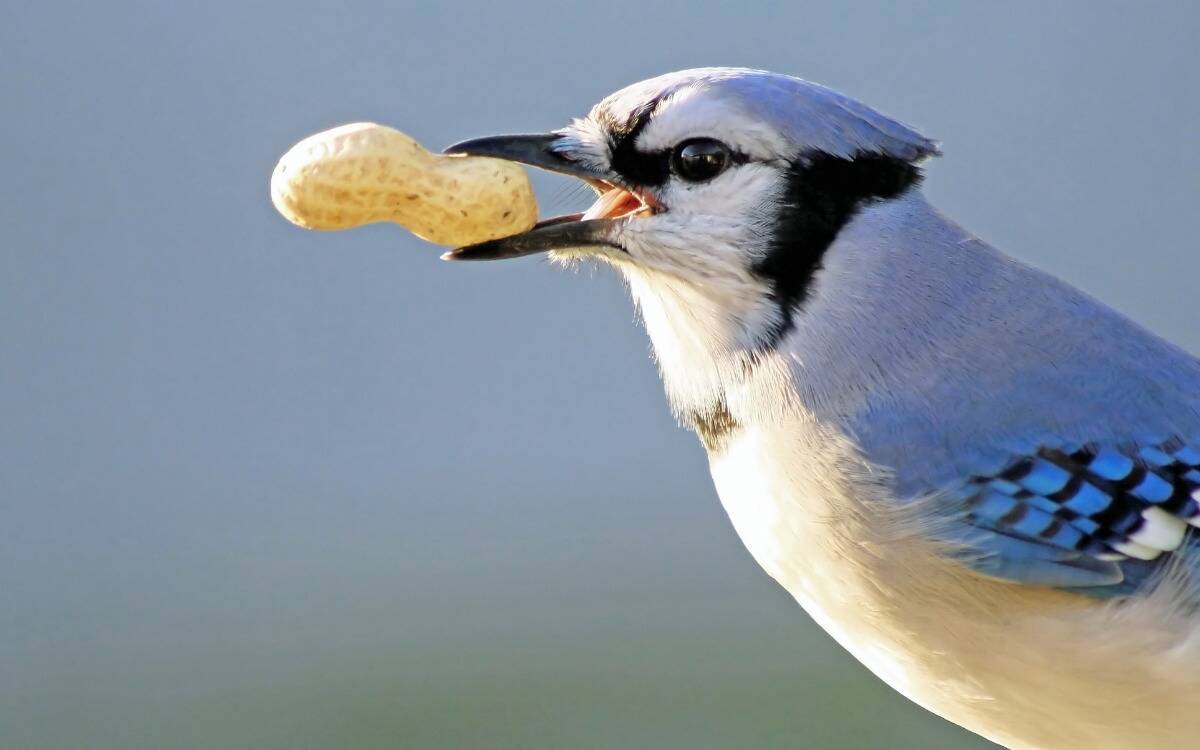
An animal appearing to us in a dream rather than in real life means they're tapping into more subconscious desires, patterns, thoughts, and struggles. In the case of the blue jay, one appearing in a dream often symbolizes unresolved conflicts in your life that need dire attention.
Though the blue jay is often considered aggressive, even rude, you don't need to take that approach with these struggles you're facing. The jay is just there as an attention-getter, a reminder that this won't just fade away if you ignore it; you have to face it head on at some point. The blue jay wants you to know peace, something you'll only get if you lay these problems to rest.
Every Animal
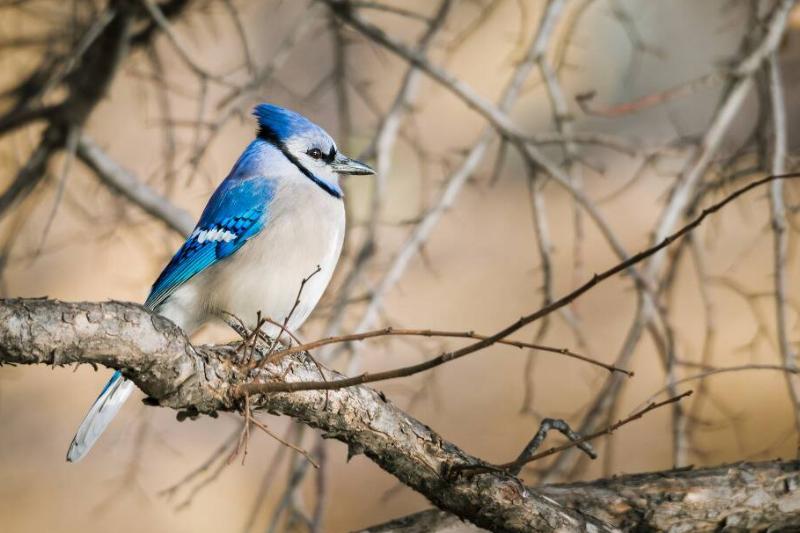
Blue jays, besides their unique feathers, are an unassuming animal. In its native regions, it's a fairly common sight, returning every summer to grace our skies. Even though it's common, that doesn't mean that its messages are less important or not worth paying attention to. If anything, they prove that every animal in the kingdom that spans our Earth has something to tell us.
We can learn so much from our animal friends if we just open our eyes. By remaining more in tune with the world around us, we can see ourselves reflected in it, taking lessons and guidance from the wisdom of Mother Nature.
Are you seeking deeper meaning and purpose in your life's journey? Prepare to be amazed by the profound insights that Numerology, the ancient science of numbers, can unveil about your true self.
Unlock the secrets hidden within your birth date and discover fascinating revelations about your unique personality.
Click HERE to delve into the mystical realm of Numerology and explore how it illuminates your life's path.





